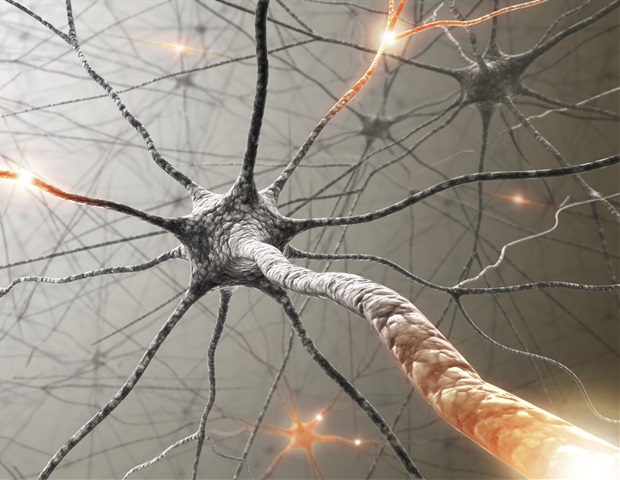The Wistar Institute’s Alessandro Gardini, Ph.D., and lab have shed new light on how certain biological processes determine the development of neural cells. Their findings on a molecular “bridge” complex demonstrate a new level of detail in the understanding of early neural development -; which is fundamental for the further understanding of neurodevelopmental syndromes. The new paper, “The enhancer module of integrator controls cell identity and early neural fate commitment” was published in the journal, Nature Cell Biology.
By achieving a better understanding of how the nervous system develops at the earliest level, we are better positioned to assess the causes of and potential solutions to neurodevelopmental disorders. Our research provides valuable evidence that neural cell development is not solely driven by transcription factors.”
Alessandro Gardini, Wistar Institute
Although every cell in our body carries the same genetic information, not every cell is identical. Cells get direction on what type of cell to become: muscle cells, blood cells, neurons, etc. In the early stages of biological development, stem cells transition from a state of “pluripotency,” which is the ability of an unspecialized cell to develop into any number of mature, specialized cell types based on the biological signals and inputs they receive along the way.
Dr. Alessandro Gardini was interested in the signals and inputs that cause pluripotent stem cells to commit to developing into neural cells during the process of “neurogenesis”: the formation of the human nervous system, including the brain. Human neurogenesis is not fully understood, but certain mutations within subunits of a protein complex called Integrator–which influences neurogenesis–have been associated with neurodevelopmental disorders.
Gardini and his team assessed the Integrator subunit INST10, which, across cells from both the central and peripheral nervous systems, was more abundant than other subunits of the same Integrator protein complex; this confirmed that neural cells had some essential need for INST10. Using a cell model that emulates early neural development, the researchers confirmed that cells with diminished INST10 not only exhibit very different gene-expression signatures -; they also appeared to be drifting away from developing into neural cells and toward developing into mesenchymal cells, a confirmation that the presence of INST10 maintains the cellular identity of neurons.
At the single-cell level of analysis, the stem cell lines with decreased INST10 lost expression of “master neuronal genes” even as they gained gene expression signatures consistent with programming for becoming intestinal or smooth-tissue cells. These findings confirmed that INST10 is critical to maintaining the cellular identities of neural cells, both during initial development and throughout the cell’s life.
Source:
Journal reference:
Zhang, Y., et al. (2024) The enhancer module of Integrator controls cell identity and early neural fate commitment. Nature Cell Biology. doi.org/10.1038/s41556-024-01556-y.
Source link : News-Medica

